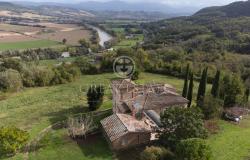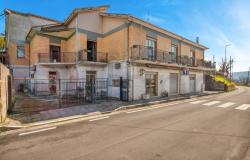 Italians are flocking to Rome to see a show highlighting Italy's successful battle to reclaim plundered art treasures.
Italians are flocking to Rome to see a show highlighting Italy's successful battle to reclaim plundered art treasures.
The show, called Nostoi (Ancient Greek for 'Homecomings'), opened just before Christmas and runs at the presidential Quirinale Palace until March 2.
So far, more than 5,000 visitors a day have braved the chilly weather and the steep Quirinal Hill to see the 69 long-disputed Greek, Etruscan and Roman works on view - most the fruit of landmark deals with leading US museums.
Many of the vases, amphorae and statues were signature pieces in their former homes in the John Paul Getty Museum, New York's Metropolitan Museum of Art, the Boston Museum of Fine Arts and the Princeton University Museum of Art.
They include a marble statue of Roman empress Vibia Sabina, from Boston, and, from the Getty, a striking painted marble sculpture of griffons attacking a doe.
Not all the works come from the US, however.
One haunting fragment, a damaged ivory face from the 1st century BC, was discovered in the warehouse of a London dealer in 2003.
Another piece, an Etruscan bronze statue smuggled out of Italy in the 1990s, was handed over by a Swiss collector earlier this month.
The jewel in the exhibition's crown, the Met's famous Euphronios krater (a chalice for mixing water and wine), has yet to arrive.
It will join the exhibition later this month.
The exhibit is many Italians' first chance to see objects that have been disputed for decades.
The row over the Euphronios krater, for example, began soon after the Met paid $1 million for it in 1972.
Under the accords hammered out by Culture Minister Francesco Rutelli, Italy agreed to compensate the US museums by loaning out works of equivalent value and boosting cooperation on shows and digs.
''Our tough fight to get these objects back has been amply compensated by the sight of the thousands of people who appreciate the beauty of these works and the significance of their coming home,'' Rutelli told Italian TV as some of the throng reached out to congratulate him.
''There is nothing sadder than great institutions who for years accepted works bought from traffickers''.
''That era is over now''.
Italy's art police spent years gathering evidence that the objects were looted from tombs and ruins, smuggled out of the country and trafficked by dealers.
All the US museums have said they were unaware of their illicit origins.
Some of the objects are part of an ongoing trial in Rome of former Getty curator Marion True and prominent American antiquities dealer Robert Hecht.
Both have denied charges of conspiring to traffic in looted art.













